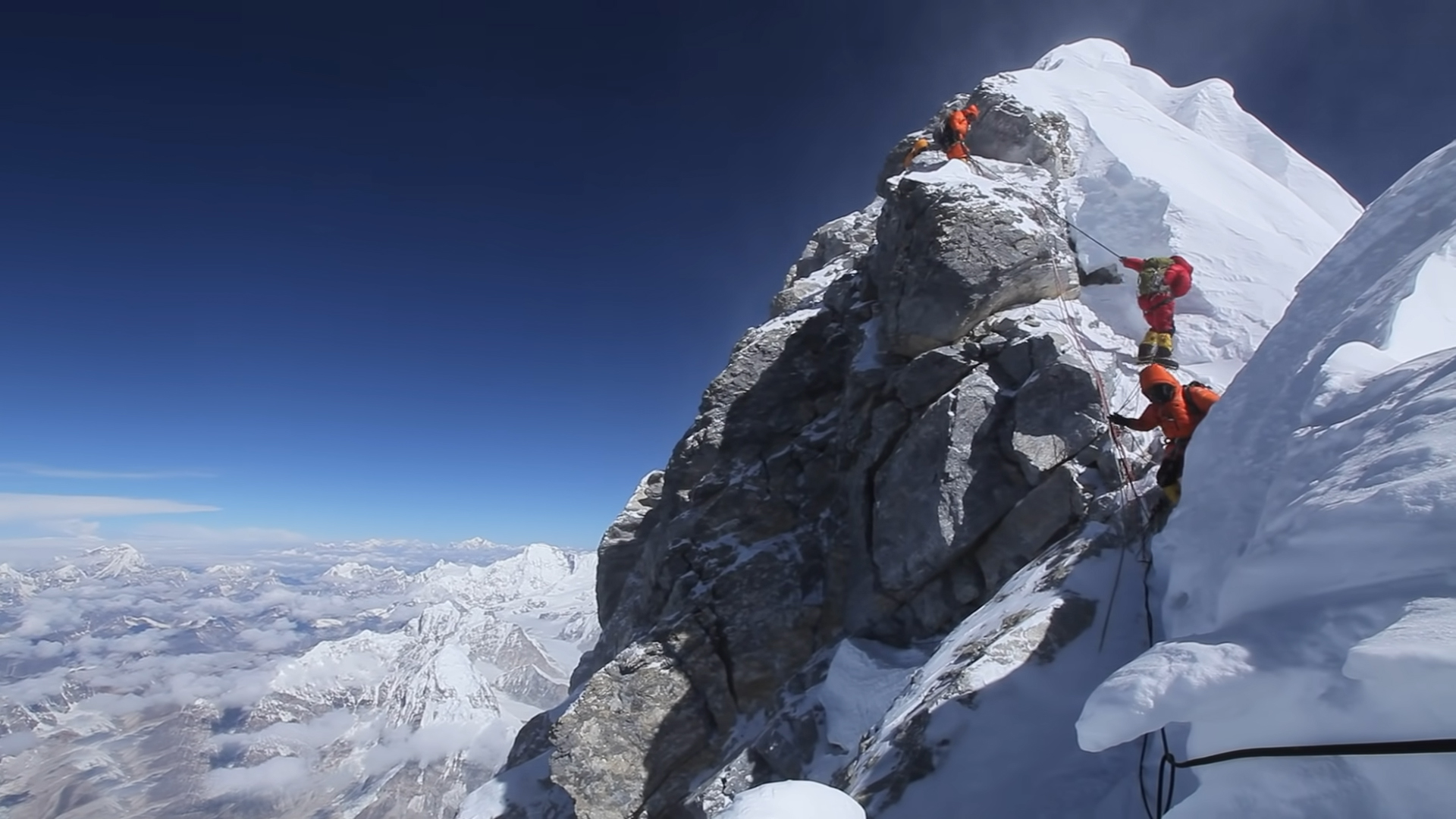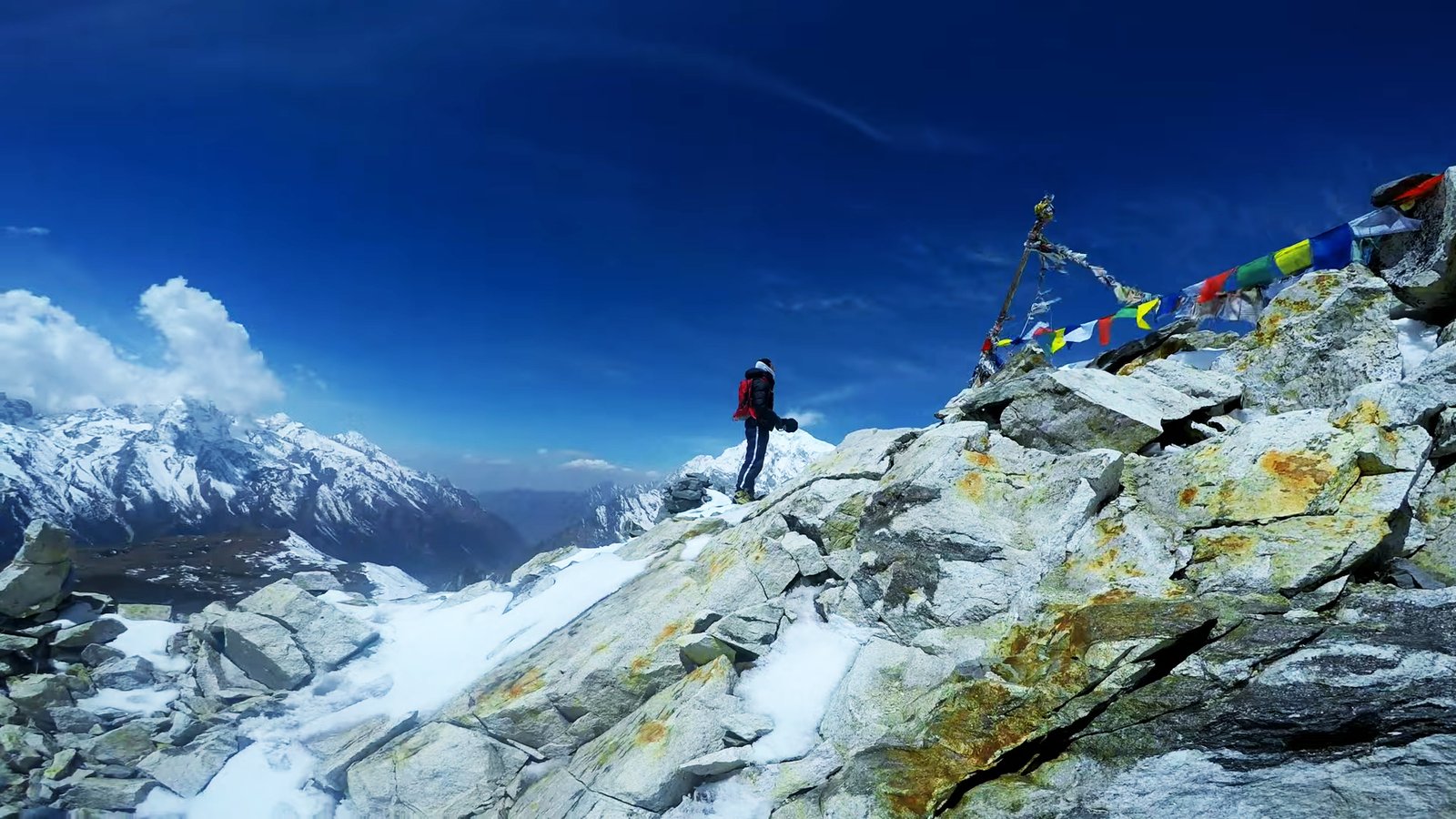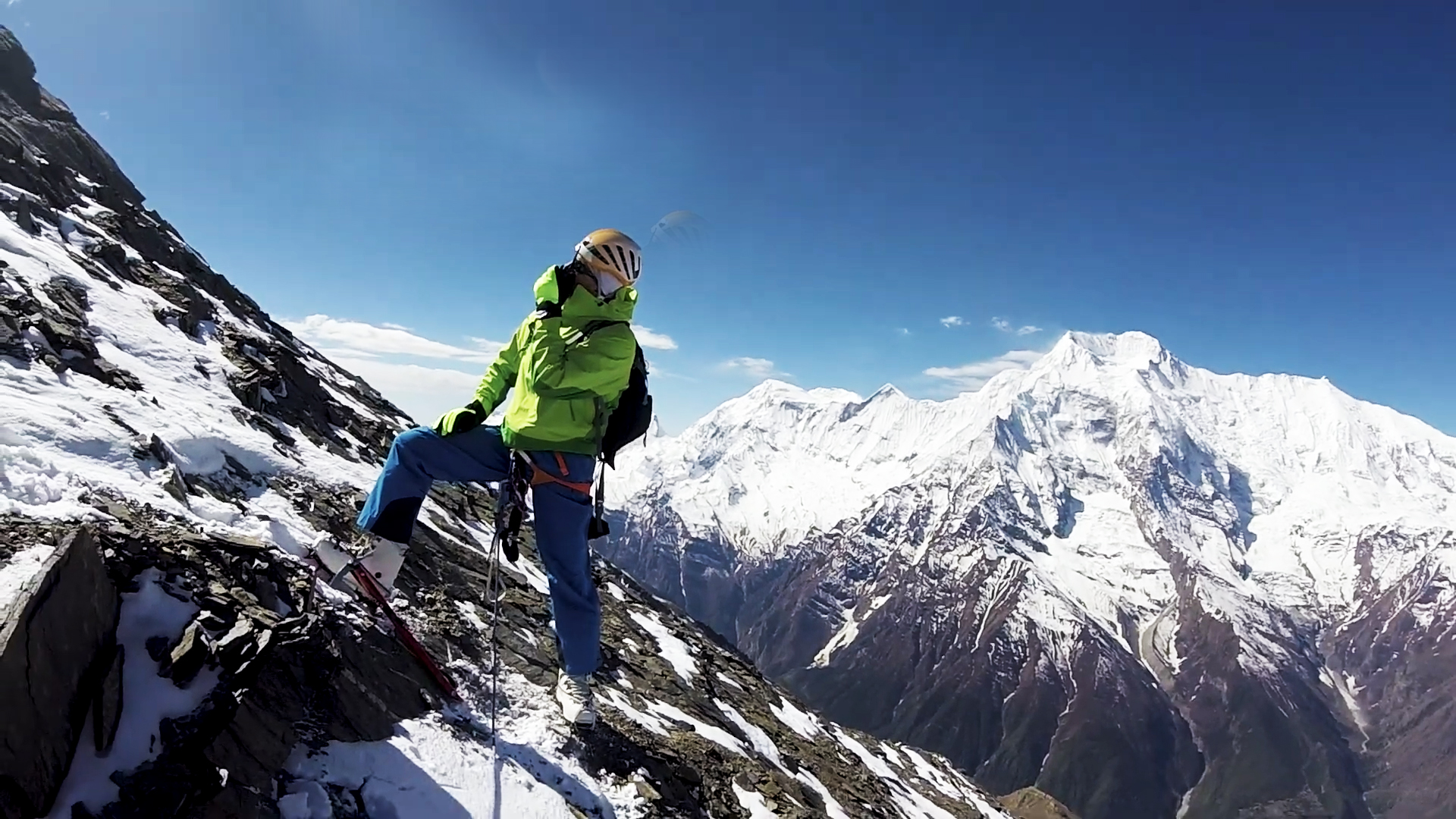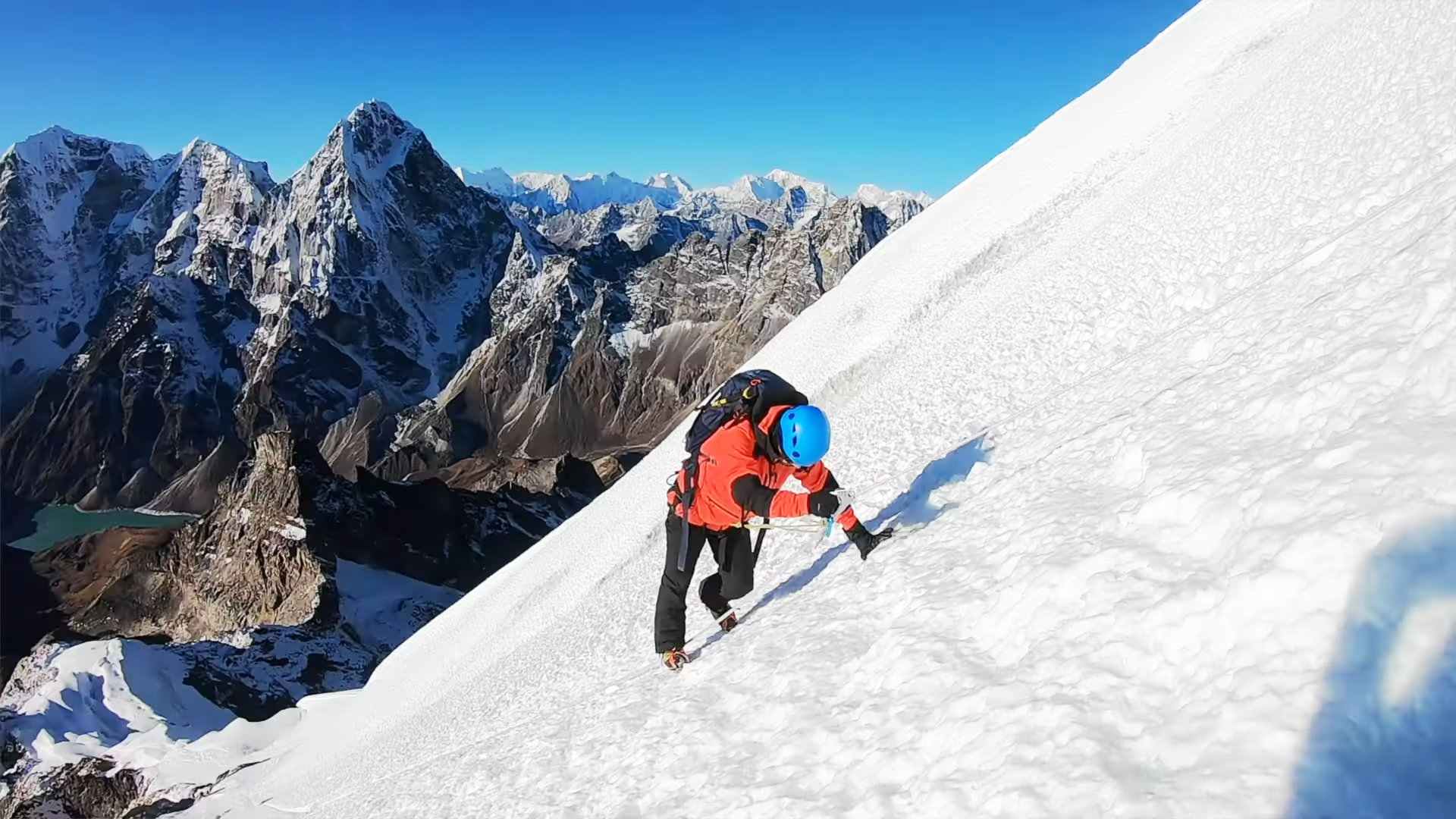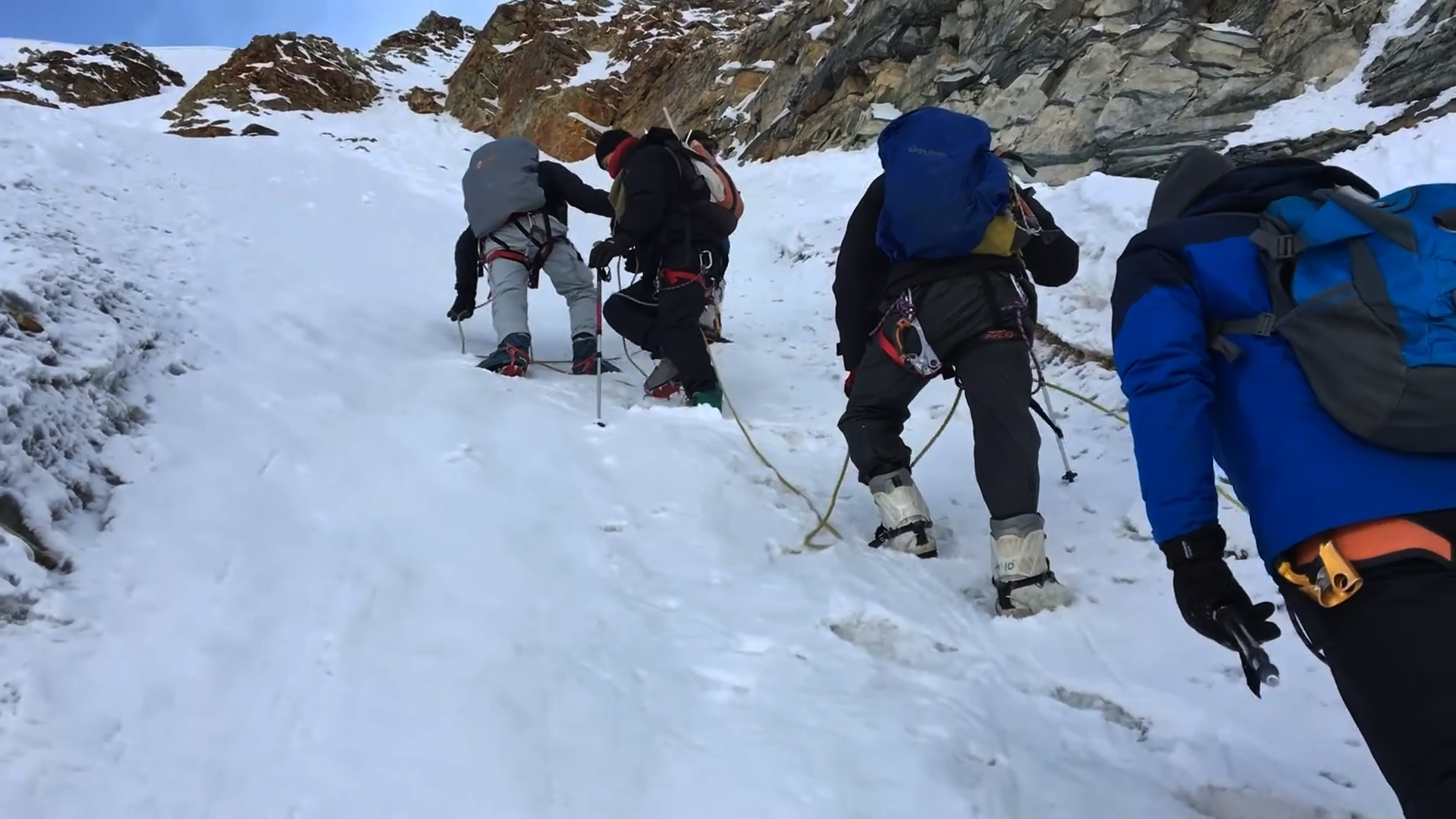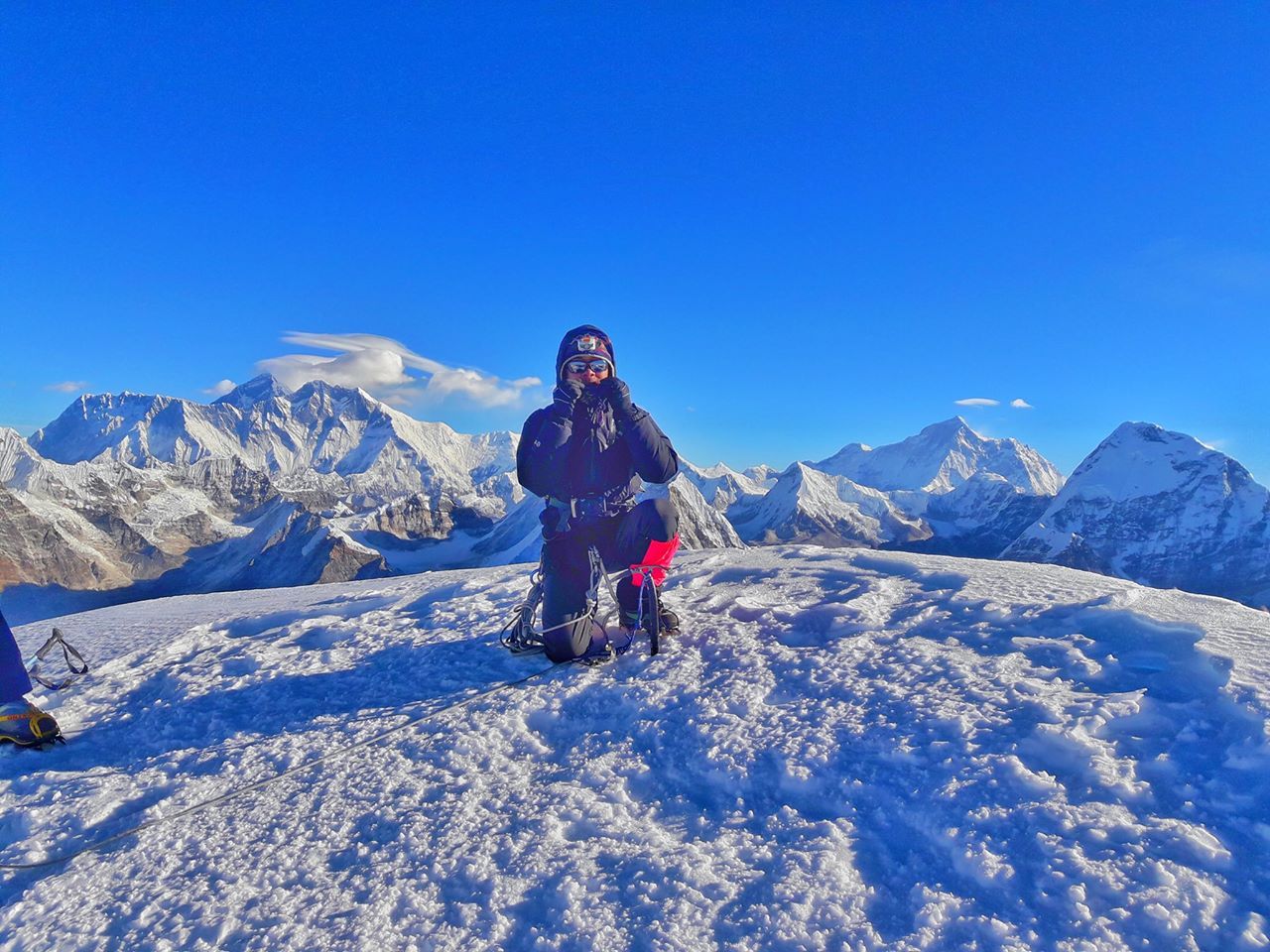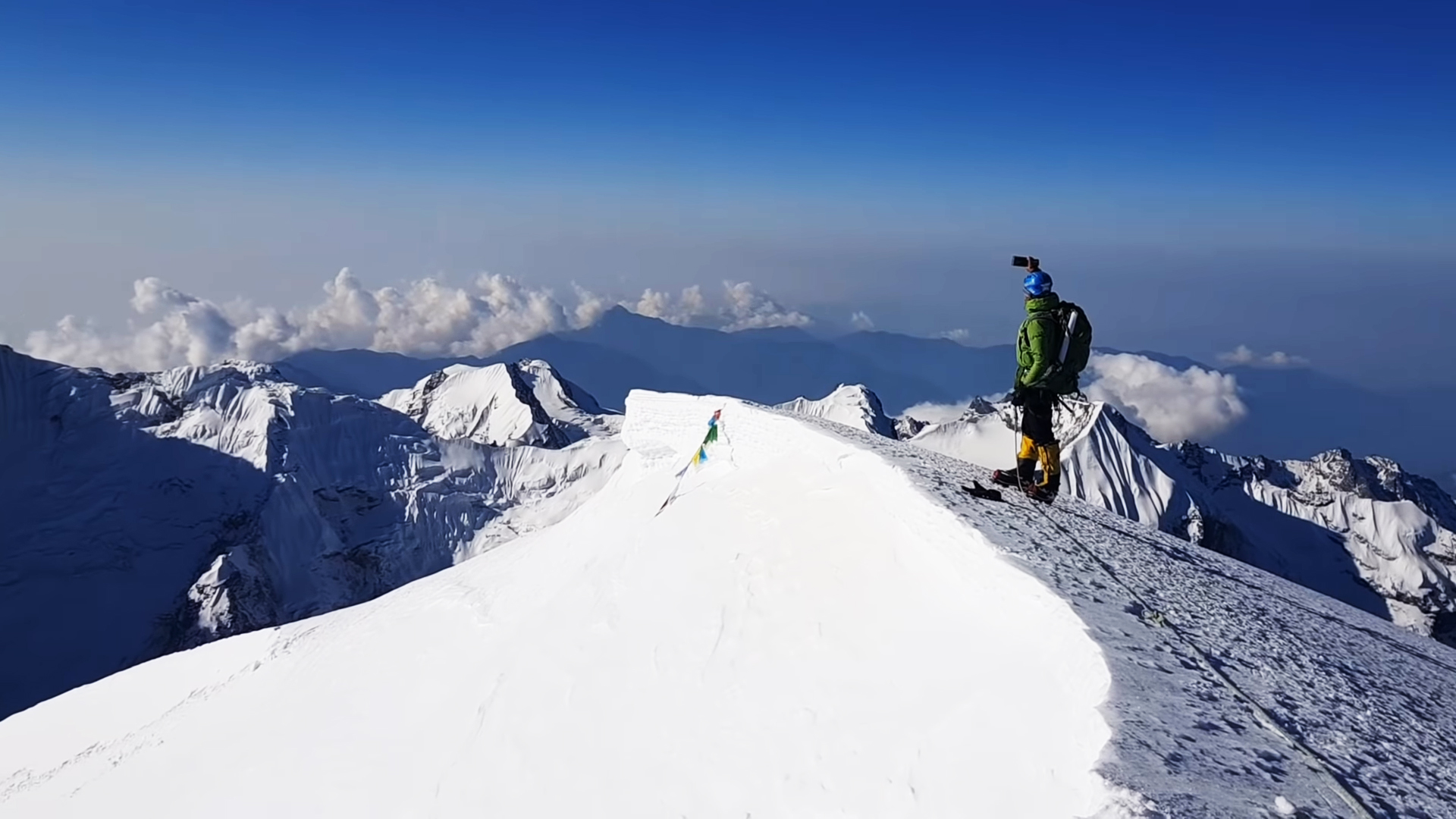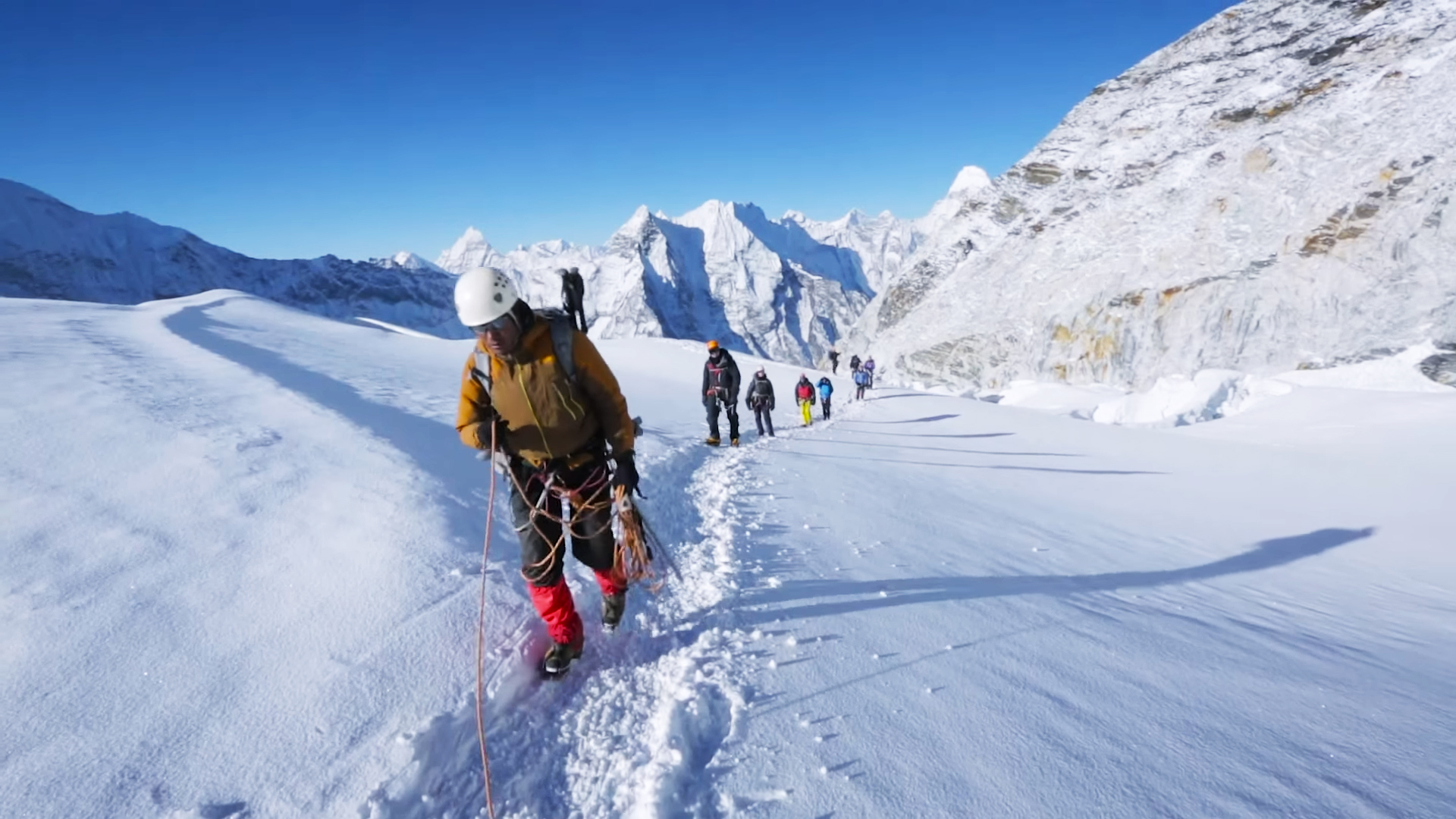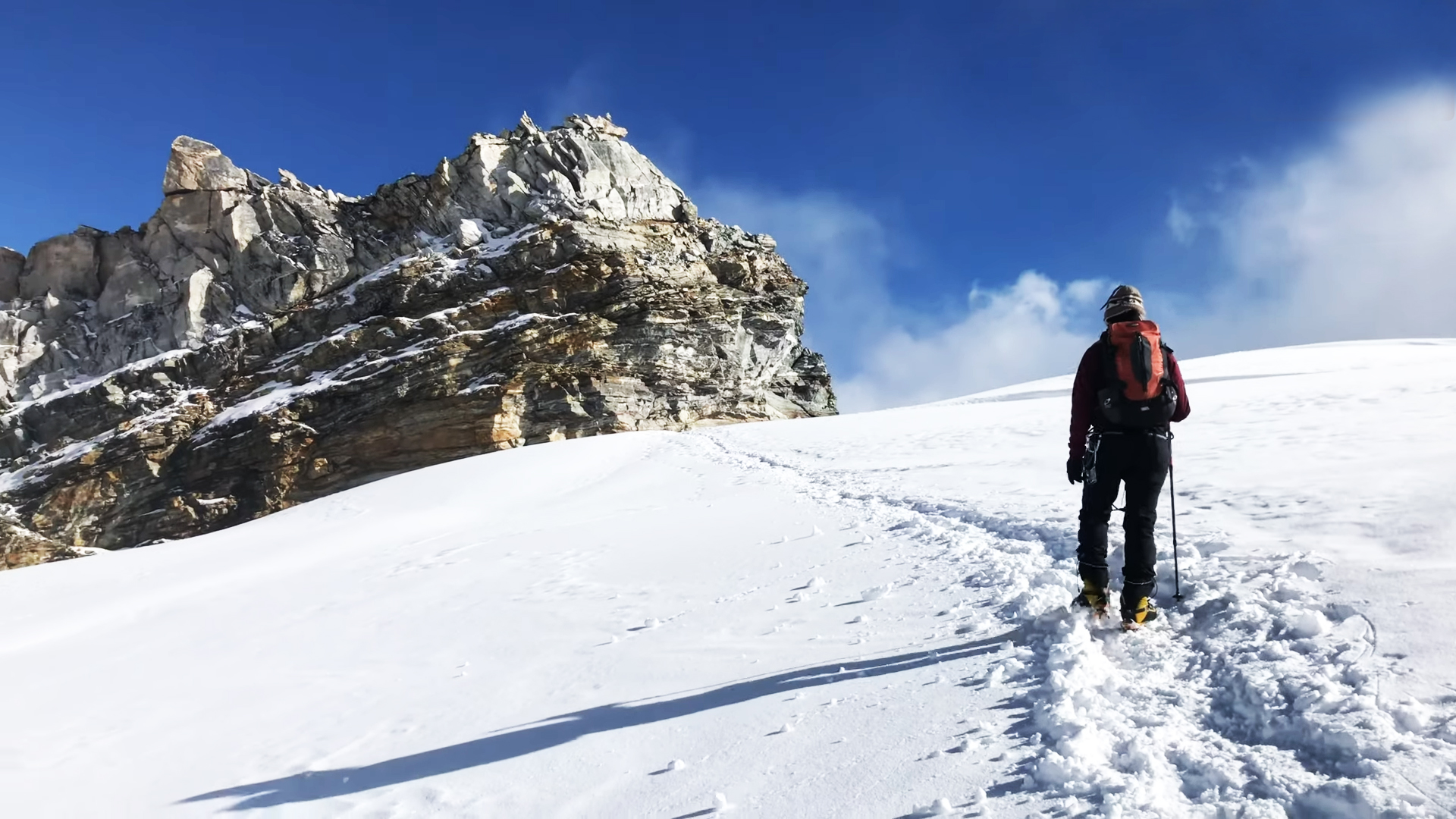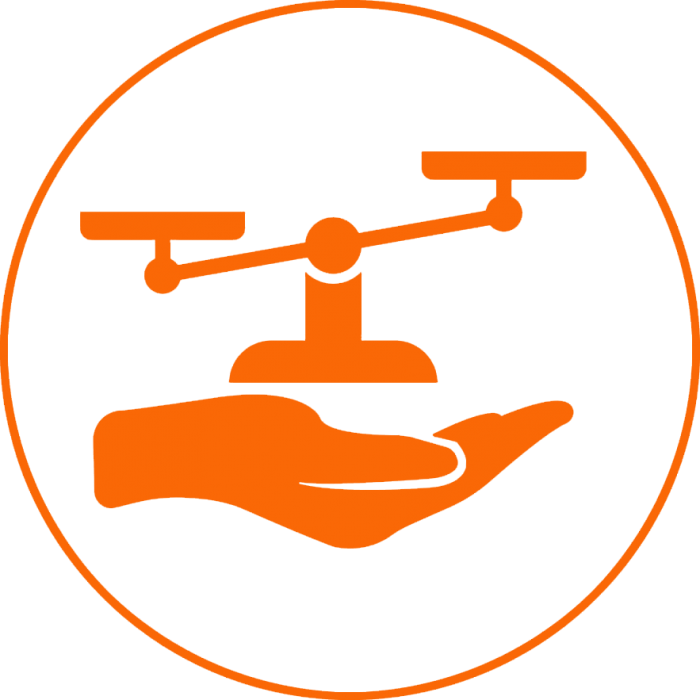Introduction to Peak Climbing in Nepal
Peak climbing in Nepal is a challenging tourist activity. Nepal peak climbing takes you to the summit of the Himalayas and offers magnificent Himalayan views. After the successful summit of Mt. Everest by Tenzing Norgay Sherpa and Sir Edmund Hillary, many adventure seekers chose Nepal as their destination for the climbing trip. And climbing is one of the main adventure activities in Nepal today.
Nepal’s majestic snow-capped peaks provide the same thrill to both peak climbers and mountaineering enthusiasts. So peak climbing and mountaineering have been famous in Nepal from the very beginning. If you want to do more adventurous activities than trekking, then peak climbing in Nepal is the best option for you.
You may like: Tamang Heritage Trek, 9 Days itinerary, Difficulty, Route, Cost
Peak Permit
There are many things to consider before climbing a peak in Nepal. Because the government has imposed various rules and restrictions while regulating climbing activities. For trekking peaks, you have to pay a royalty to the Nepal government. A royalty of USD 70 to USD 250 per person is payable, depending on the season and particular peak.
The issued permit is valid for one month. And an extra charge of 25% of the initial fee for the extension of the permit for each extra week. Almost all of Nepal’s trekking peaks are higher than other countries’ high mountains. Most of these peaks are not very technical, so any fit person can climb them. But some peaks need technical climbing skills, and only professional climbers should climb them.
You can also visit Gokyo Lake Trek 12 Days, Itinerary, Cost, and Difficulty.
There are 1310 Himalayan peaks in Nepal above 6000 meters and 8 out of 14 in the world above 8000 meters. Since 326 peaks have been opened by the Nepal Mountaineering Association (NMA) as Nepal Trekking Peaks, Odyssey Treks have guided many climbers to the summit.
Peak category
Although there are many peaks, 33 peaks are available for climbing and mountaineering by the government of Nepal. This makes Nepal a great mountaineering and climbing destination for tourists. Nepal Mountaineering Association (NMA) has classified 33 peaks in Nepal as ‘trekking peaks’, 15 peaks in Group “A,” and 18 peaks in Group “B.” Out of 33 peaks,
The peaks in Group “B” are not higher than 6500 meters and can be climbed from the base camp. Nepal trekking peaks need a peak climbing permit from the Nepal Mountaineering Association, and the trekking company must be a member of the Nepal Mountaineering Association.
Climbers and mountaineers can enjoy peak climbing in the trekking regions of Everest, Annapurna, and Langtang, as well as other trekking trails in Nepal. Popular trekking peaks in Nepal are Mera Peak Climbing, Island Peak Climbing, Mera and Island Peak Climbing, EBC with Island Peak Climbing, Tharpu Chuli Peak Climbing, Lobuche Peak Climbing, Pisang Peak Climbing, Yala Peak Climbing, etc.
Requirements
Peak climbing in Nepal requires adequate equipment, moderate technical skills, climbing experience, and physical fitness. We provide trained and experienced climbing guides registered with the Nepal Mountaineering Association (NMA). Those climbing guides are local guides who are familiar with the mountains and trails. Personal accident insurance should be mandatory for all team members above the base camp.
Climbers need climbing gear to go up to the base camp, and that gear is available for rent. As organizers, we provide you with qualified and trained climbing guides to see you on the top of the Himalayan peak. Join us and make the most memorable moment of your life by reaching the top of the mountain.
You may be interested in the Api Himal Trek, a 19-day itinerary, Weather, Cost, and Route.

